|
Also available on PlayStation 5, Android, iOS, and OSX Before your eyes is an indie PC game that I'd never even heard of before I saw a retweet from the developer talking about a Steam review from a guy who played the game, loved the game, and then refunded the game because it was short. A TON of people were like "Wow, screw that guy. I've never heard of this game, but that's a dick move, so I bought it to support the developer." Never one to miss a good pro-game dev bandwagon, I decided to go drop $10 on the game, too. For the record, the dick from the Steam review apologized and repurchased the game after the Internet Inquisition got its hooks into him. Before Your Eyes is one of the most unique games I think I've ever played. It's controlled primarily with your webcam to track your blinks; the only input from your mouse is to move a cursor, and the keyboard isn't used at all. You have a very limited amount of camera movement with the mouse, and you blink to interact with objects and progress to the next scene (there's not movement in a traditional 3D space). The game follows the life of Benjamin Brynn from early childhood through to the end of his life. The narrative is told as a frame story - think Heart of Darkness if you've ever read that - where Benjamin's soul has been fished up by a boatman who is going to plead his case to the Gatekeeper to allow his soul into her heavenly city. That Steam review was right about the length; my playthrough took me less than 90 minutes. This game exemplifies the phrase "quality over quantity," though. When most games look to make their games longer to cram in more "value," GoodbyeWorld sought to make a game that left an impression on the player, not just take up their time, and I can't think of a game that's ever done this quite this well or succinctly. All in the span of 80 minutes, I smiled, laughed, grew angry, felt anxious, and cried real tears of sorrow. I've never played a game that moved me psychologically as much as Before Your Eyes did without being straight up trauma porn like Doki Doki Literature Club. It's not just the aggregate whole that's superb, either; each element of this game oozes with love, care, and talent. The motion capture for the boatman is excellent despite the game's being made by a nine person team. The writing is superb with a script and story that would fit in seamlessly with classic short stories. I don't know how experienced the cast was, but the voice acting doesn't have even the slightest hint of amateur talent; the voice cast was either extremely experienced or poured in the hours of rehearsals needed to nail each and every part this perfectly. The art especially needs to get special mention. You never see the whole world during any given scene; the majority of the world stays obscured by an inky blackness that focuses in on the important elements of the scene, and the 3D art in the game mixes with this blackness in a way that evokes at least in me thoughts of impressionist and surrealist art with certain scenes towards the end reminding me almost of Dada. I'd love to talk about the story and analyze the symbolism of different elements and allusions in the writing, but the story is so damn well written that I refuse to risk spoiling anything for folks who might go on to play it. Suffice it to say that this is an extremely unique experience not quite like anything I've played previously. The love and care put into the development is readily apparent in every aspect from the visuals to the writing to the voice acting to the music. I just absolutely adore everything about this game and cannot praise it enough. It's a shame that the webcam is so central to the experience because I'd love to see this game ported far and wide so more people could experience it. I suppose it could theoretically work on PS5 if you had the camera, but having to sit close enough for it to track your blinks accurately makes this a game that probably needs to remain PC exclusive. A lot of people debate whether video games truly count as art or not, but I would challenge anyone to play Before Your Eyes and tell me that this isn't a masterpiece of art after getting to the end. It may be an extremely short game, but with choices to make throughout the game that can affect various elements, it's also not a game you're likely to play through once and be finished with. $10 may feel steep for a 90 minute game to some folks, but I give you my word that it's well worth every penny, and I'd suspect that I'll probably be at five or six hours by the time I've seen all that the game has to offer. Even if I did only ever spend 90 minutes with this game, the quality of the experience I had in those 90 minutes is still well worth $10. This really is a once-in-a-generation game in my opinion and a masterpiece of artistic expression. I've recommended a lot of games over my life, but this one is probably on my All-Time Top Five Must Play list. My Rating - SI don't usually do this, but this game deserves support; below is a link that will take you to the developers' website. Please go support them and buy their game on Steam. I promise you won't regret it.
Also available on Windows Oh Neptune, why do you break my heart? I've been so faithful to you, evangelizing your series and dishing out an obscene amount of money on your limited editions. Why do you betray my love with sub-par games? Sure, even at your peak, you were little more than a generic RPG that served as a vessel for fan service, but at least the games were solidly decent. Between Megatagmension Blanc, Super Neptunia RPG, and this, you're on a bit of a losing streak. Neptunia Virtual Stars is an action RPG that sees the four CPUs team up with a group of "VTubers" all of whom have been summoned to Virtualand by the Digital Goddess Faira to save her planet, Emote. Rather than their typical melee weapons, the four CPUs all have guns. That's my first complaint; each of the four goddesses have pretty well established weapon preferences. My second complaint is that the voice acting is entirely in Japanese. Normally I don't have a problem with games that have only subtitles in English - hell, that's most of what I buy from Play-Asia - but not only is this an official North American release, but it's the first game in the entire series not to feature English voice acting, and the English cast they had was rock solid. IF said in response to a tweet of mine that it was due to licensing issues, but my gut tells me that they just cheaped out with the localization. My third complaint is that the whole game just looks a bit "off" to me. Character models looked lower quality to me than they did in VII, and cutscenes looked just a bit blurry as if a slight film were over my screen. My fourth and most significant complaint - the one that primarily earned the game the score I'm giving it - is the controls. They're horrendous. There's a noticeable dead zone with the control sticks before it actually registers that you're moving, and there's no option to adjust that. What sensitivity options I do get seem to have no happy medium; aiming always felt either too sluggish or too jerky. For those keeping score, the main characters' weapons feel out of place, there's no English voice acting, the game doesn't look that good, and the controls are atrocious. The story is also pretty rubbish, but that's par for the course for these fanservice games, so I'll let that one slide. As for the good...well, Nep's in the game? It is playable once you start to get a feel for it. Unfortunately, that takes a while as the tutorials only answered about three-quarters of my questions, so it took some fiddling and trial and error (or giving up and accepting ignorance) for me to figure out how parts of the game worked. Still, I did eventually hit a bit of a rhythm about halfway through the game. It never got "fun" per se, but it did cease to be painful to play. There's a rhythm mini-game that they kind of stuck on with scotch tape. Like, it seriously feels like they just plastered in on last minute because it's the clunkiest and least intuitive rhythm game I've ever played. Even calling it a "rhythm" game feels wrong because despite the tutorial's claim, there was no connection whatsoever between the song's rhythm and the correct timing of the button inputs. Button inputs, by the way, that seems completely arbitrary with whether or not they registered the timing. I'm bad at rhythm games - I'll be the first to admit it - but I'm not as bad as this would have you believe. Truthfully, I'm really not sure how much more I can say about this game. It's just bad. It's certainly not unplayable, but I can't see anyone getting any actual enjoyment from playing it. I dropped $100 on the limited edition for this game and played it through to completion including the Platinum trophy because it's Nep and I'm a cult-like superfan of the series, but unless you're a big fan of the Neptunia series, just skip this one. It's just not a good game. It finally replaced Megatagmension Blanc + Neptune vs Zombies as the worst game in the series (although that one still has the title for worst title in the series). My Rating - DFair warning, this contains spoilers for Muv-Luv Unlimited as this takes place immediately after, so keep that in mind. February 23, 2004. That's The Day - the day that Alternative V was put into action. A migrant fleet with roughly 100,000 of humanity's most promising minds on board departs for Barnard's Star, abandoning the Earth under the pressure of the relentless BETA onslaught. After the departure of the migrant fleet, dozens of G-bombs - bombs with still-not-understood gravity-distorting effects made from exotic G-elements brought to Earth by the BETA - are dropped on BETA hives all over Eurasia in one last ditch effort to eradicate them from the face of the Earth. That was how the story of Muv-Luv Unlimited ended. This is the story of what followed. The Day After is broken into four episodes - Episode 00, Episode 01, Episode 02, and Episode 03. Episode 00 serves as a sort of stand-alone introduction with Episodes 01-03 telling the actual main story. 00 opens to with a ship stranded in the shallows in what used to be the south Pacific somewhere between Australia and Hawaii - the USS John F. Kennedy, one of America's nuclear-powered TSF carriers. The story opens as surface pilots with the United States Marine Corps fly across the salt deserts to set up relay points. The two pilots hope desperately to pick up a distress call on the radio once the relay is up and running. Fortune smiles on them; another US Marine surface pilot survived. Earth is in shambles; the G-bombs were used as a last resort against the BETA, but no one knew the devastating effects it would have on the planet. Megatsunamis hundreds of meters tall crashed across Eurasia, moving entire oceans from one part of the surface to another. Tectonic plates lurched across the mantle. Most of the southern hemisphere has been transformed into salt deserts with the salt that once formed the seabed. All of Eurasia is now underwater merging the Atlantic and Pacific into one giant ocean. Parts of the atmosphere have been stripped away leaving whole patches of the surface devoid of air pressure or breathable oxygen. Electromagnetic storms make long range communication impossible. Most citizens of the United States - once the nation safest from the BETA threat - are dead. Only four nations remain - the United States, Canada, France, and Japan. Japan and France, having lost their territory beneath the waves thanks to what has been dubbed the Great Ocean Collapse, exist as governments in exile harbored by the United States and Canada, respectively. If this was a victory against the BETA, it was history's most pyrrhic victory. So there's your context. In a lot of ways, The Day After is legit more post-apocalyptic than Fallout. Radiation eventually dissipates. The effects of the G-bombs, though? That permanently deforms the planet. Oh, and insult to injury? There are still BETA on the planet. The hives may have been annihilated, but some of the crab bastards survived. Stranded and with no way to contact reinforcements in Hawaii, the crew of the JFK have to find a way to hold out against a renewed BETA threat. This is not the main story, though; instead this is simply the prologue to another bloody chapter in human history. Episode 01 starts the story in earnest capitalizing on the world-building foundation set by Episode 00. The main story follows Tatsunami Hibiki and Sendou Yuzuka, two surface pilots from the Imperial Japanese Mainland Defense Force and veterans of Japan's expeditionary force to Europe. If you're hoping to find out what became of Yokohama base after the events of Unlimited and reconnect with your favorite characters, I'm sorry to disappoint you, but 95% of the characters in The Day After are new. That's not necessarily a bad thing as I really came to love these characters, but it's very much a sequel to the world and not the characters per se. I won't go into anymore detail about the story of the world so as not to spoil anything (everything I've said thus far is pretty much what you'd find on a store page), but while it's not nearly as "misery porn" as Alternative, it's still very much Muv-Luv. The game is a kinetic visual novel, so it's a straight linear story with no choices or branching routes or endings. Some people would argue that this doesn't constitute a game. I would argue that those people are communist sympathizers, and I'll die on the "visuals novels are games" hill. Anyway, as a kinetic visual novel, it's a very narrative driven experience, and character development and interactions are the name of the game here. If you're familiar with Muv-Luv, you know that ages does character development extremely well. If you're not familiar with Muv-Luv, you probably wouldn't play this anyway. One of the things that must be noted is that they finally used a different engine for it. The older Muv-Luv games used the notoriously finnicky rUGP system (though, from what I've seen on Twitter and Reddit, the Steam releases are a bit more stable than the original Japanese PC releases), but this releases uses a more modern engine. This gives it a bit more stability. It also had some way better looking animations than Alternative, although I'm not sure if that's from dumping rUGP or that they just put more work into the animations in general here. Anyone who knows me will tell you that I am obsessed with Muv-Luv. It's pretty much tied with Neptunia as my favorite series. With that said, I'm naturally a bit biased towards it. I will say, however, that I found this one a little less edge-of-your-seat engaging than Alternative. The tension just wasn't as high. As a follow-up to Unlimited's ending, though, it's fantastic. I'd recommend this one to any fan of visual novels (although not until after playing Muv-Luv Extra and Muv-Luv Unlimited first), but it's an absolute must-play for any fans of the Muv-Luv series. Remember, folks, this is the series that literally inspired Attack on Titan, so don't sleep on it. ;-) My Rating - AAlso available on Switch and Windows After four games averaging about 60 hours each - and more for me since I took my time talking to everyone - I've finally finished the Trails of Cold Steel tetralogy. Like the Trails in the Sky trilogy before it, this series consistently achieved greatness, but it never did quite reach perfection. The game picks up a month or so after Cold Steel III ended, and just like the beginning of Cold Steel II, the tension starts off at max. Truthfully, the tension starts off higher in IV than it did in II, and that works to the games benefit. While IV is just as derivative compared to II as III was compared to I, the fact that the tension starts off almost as high at the start of IV that it was at the end of III helps to shove the player into the drama first thing with very little in the way of necessary build-up. While Rean ends up being the main character again partway through the game, IV starts off with Juna as the "main" main character as she, Kurt, and Altina - with some help from Randy - try to find and reunite with Ash, Musse, and Rean who were separated from the rest of the class at the end of the third game. All of this they're doing as the Empire marches rapidly towards the prospect of a truly apocalyptic war with the Calvard Republic that would undoubtedly engulf the entire continent of Zemuria. One of the things that made Cold Steel IV really stand out to me even in the context of the Legend of Heroes series is that it really does tie up the entire IP. You've got three distinctive arcs in Zemuria up to this point - the Liberl trilogy (Trails in the Sky), the sadly untranslated Crossbell duology (Trails of Zero and Trails of Azure), and the Erebonia tetralogy (Trails of Cold Steel). Cold Steel IV brings all three of those strands together into one unified narrative rope by the second half of the game. Playing through III left me thinking, "Man, I really wish I had been able to play the Crossbell games," but having played through IV, I *really* wish I'd been able to play those two games because a lot of the backstory bits they drop and characters in the game would be a lot more meaningful to me if I had those two games' worth of context. One thing I really have to mention that the other games lack is the inclusion of a regular ending and a true ending. If you don't meet the right criteria, you get the regular ending which is a fine ending and keeps the door open for more games in this universe (which is good as there are a couple that have yet to leave Japan), but the true ending is a significantly conclusion to the story and lets you face off against the true final boss. The regular ending is fine, but the resolution feels a bit rushed and ham-handed with that ending; the true ending is obviously the ending that the game's writers always intended and definitely needs to be the ending you experience even if you have to reference a walkthrough to make sure you don't miss it. Mechanically, it's just more Cold Steel III, and as far as I'm concerned, that's great. It looks, sounds, plays, and feels pretty much the same. You get plenty of waifus to choose from, and the game even handles the inescapably creepy concept of choosing one of your students as your waifu as well as it can given that you're picking a student as your waifu given that Rean is their teacher. Considering that I'm a teacher, that's too much degeneracy even for me, so I restricted my waifu selection to old Class VII. Still, though, it's an option, so if you're a minor and not violently uncomfortable with the idea of a 16 year old waifu, go for it. Trails of Cold Steel IV isn't quite perfect, but I'd definitely call it the best of the series, and for a series that has yet to miss in my opinion, that's pretty high praise. You get some minor bonuses for having save data from the first three Cold Steel games that you obviously can't get on Switch (unless they give the 1 and 2 ports a Western release), but the bonuses are minor enough that it's really not worth worrying about. I have to admit that I was ready for the game to be over about halfway through, but I think that's because I marathoned all three Liberl games and all four Erebonia games back to back to back; if I had just played the four Cold Steel games in a row, I doubt I would have been nearly as burnt out. I certainly didn't feel the same "oh my god, please be over" fatigue at the end of IV that I felt at the end of II. It's a solid game, and if you've played III, you'll probably play it no matter what I say just to see how that awful cliffhanger plays out. My Rating - A |
I'm a teacher.And I like to play video games. I like to collect video games. I like to talk about video games, and I like to write about video games. During the day, I teach high school history; during the night, I spend my spare time gaming. Then I write about it. Archives
July 2024
|
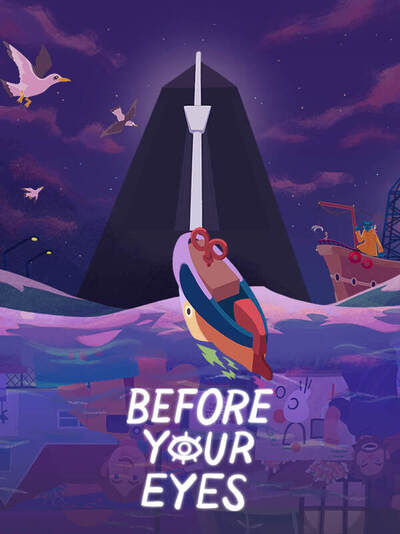
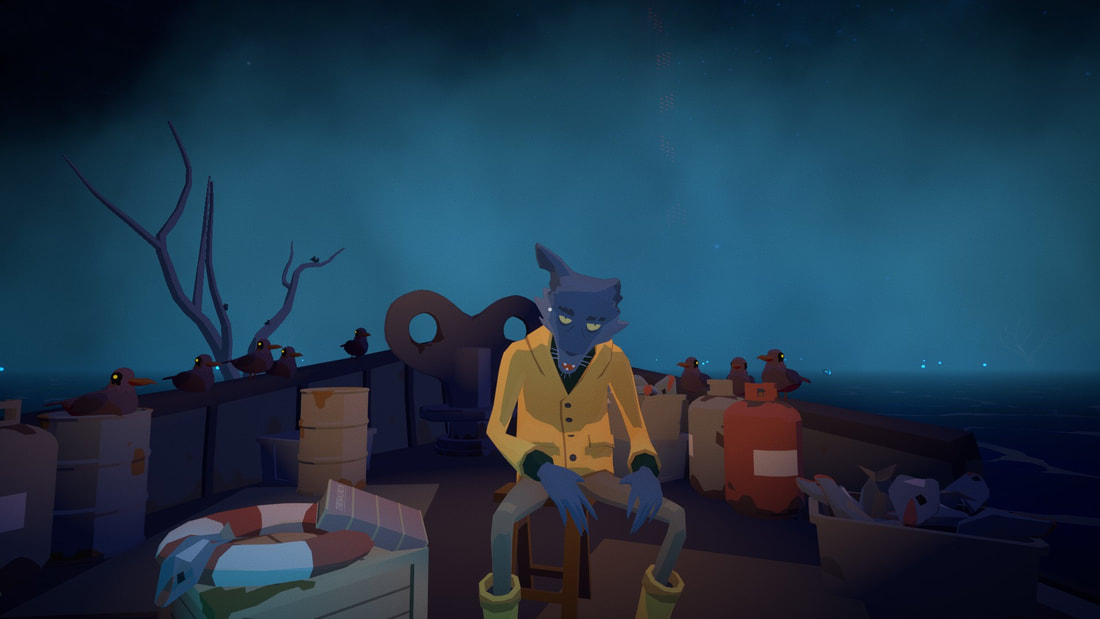
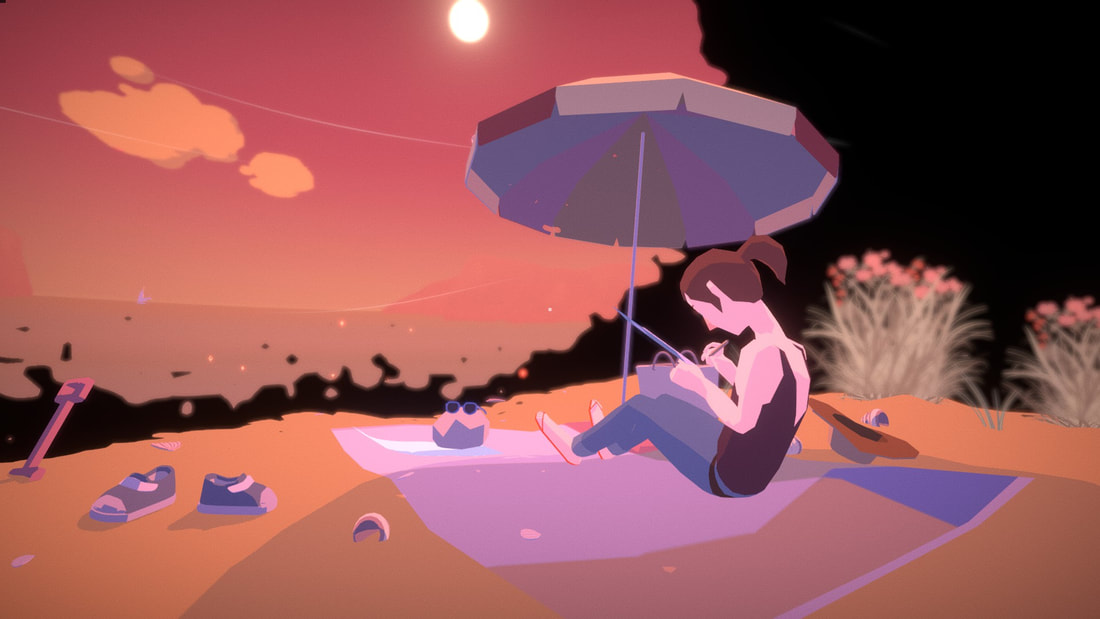
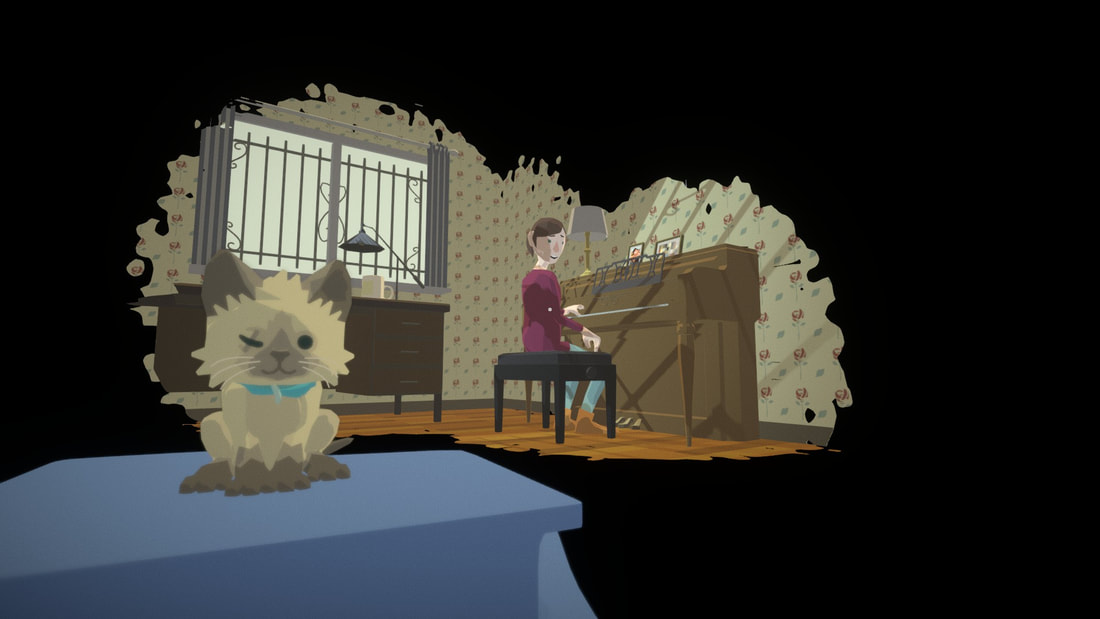
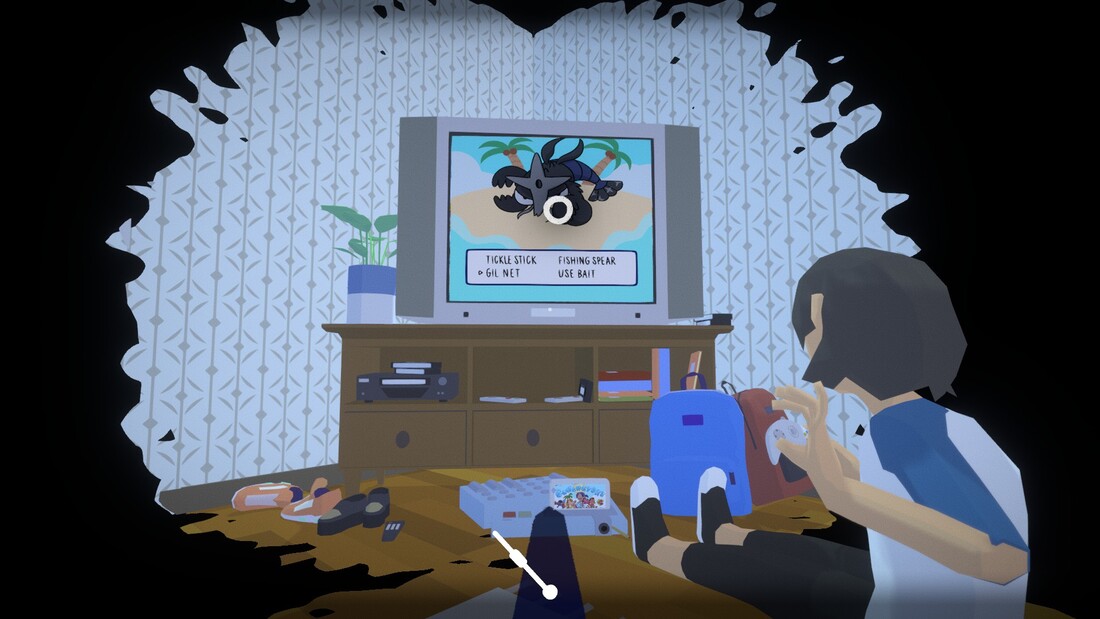

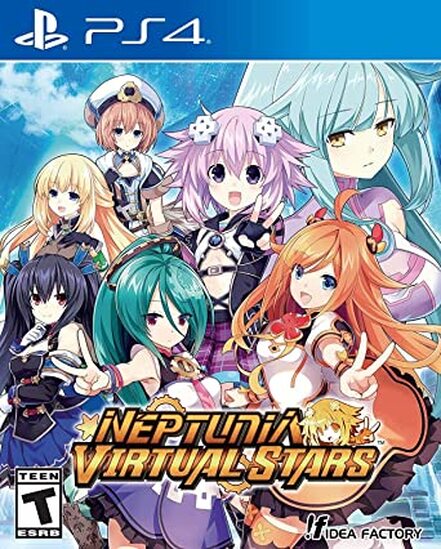
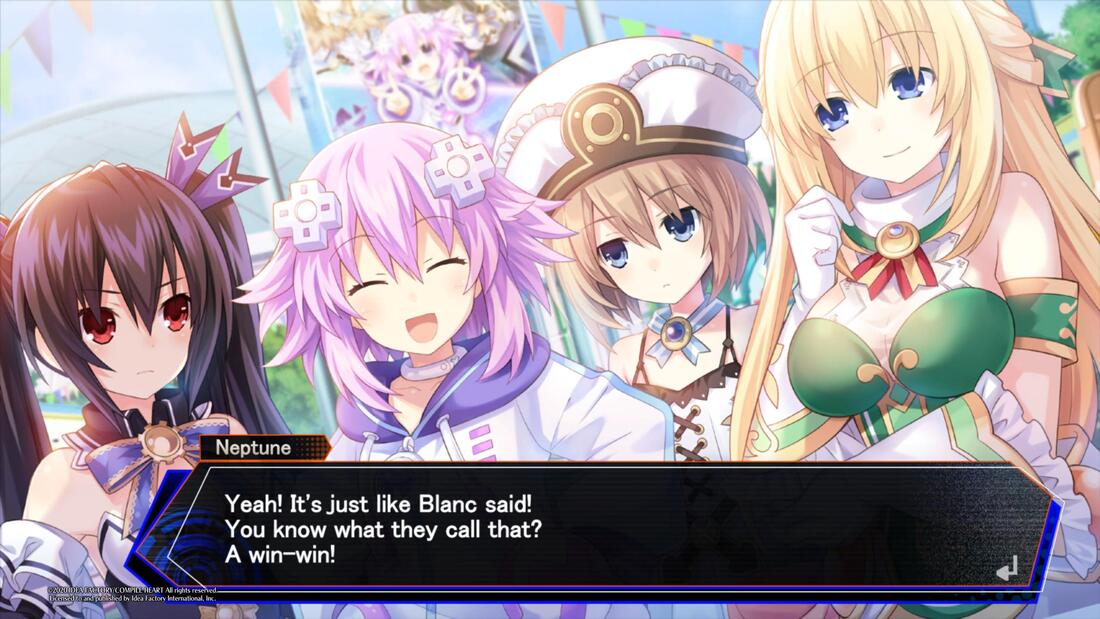
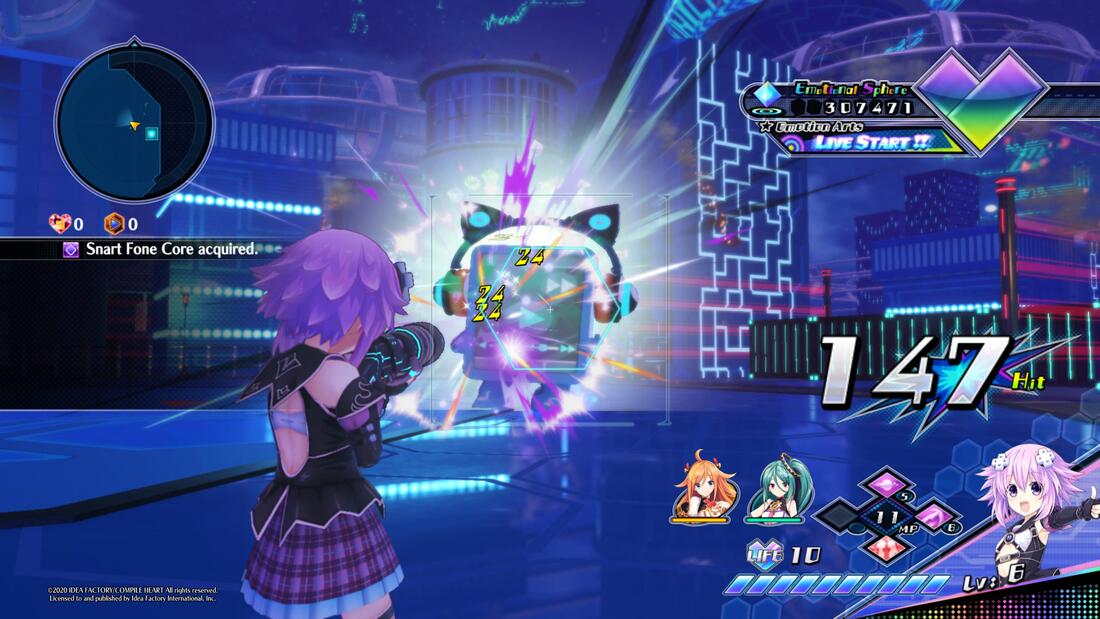
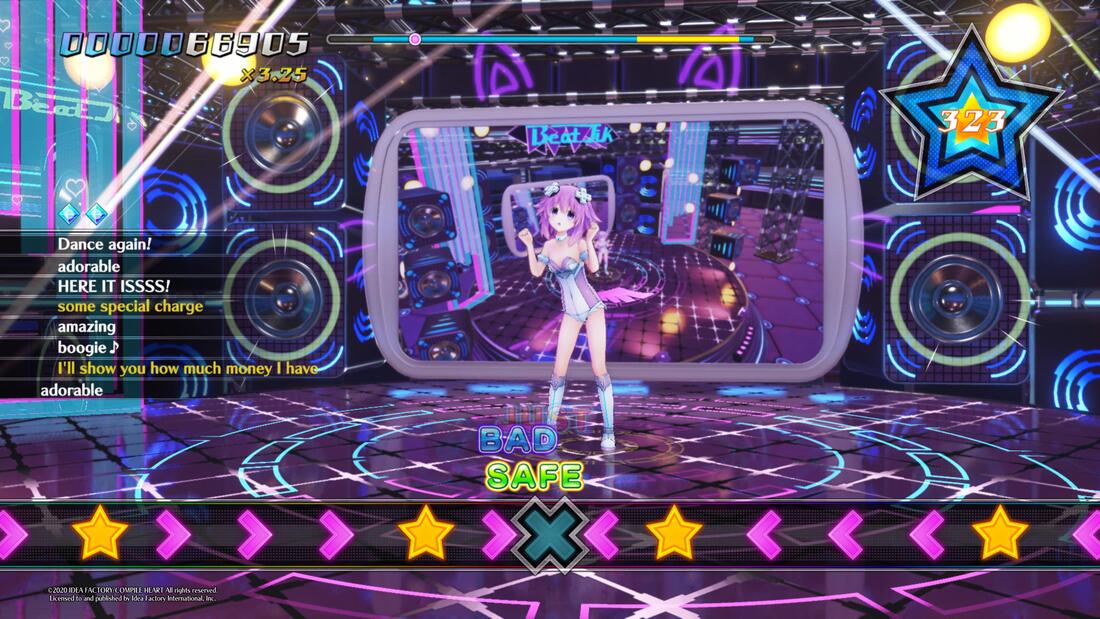

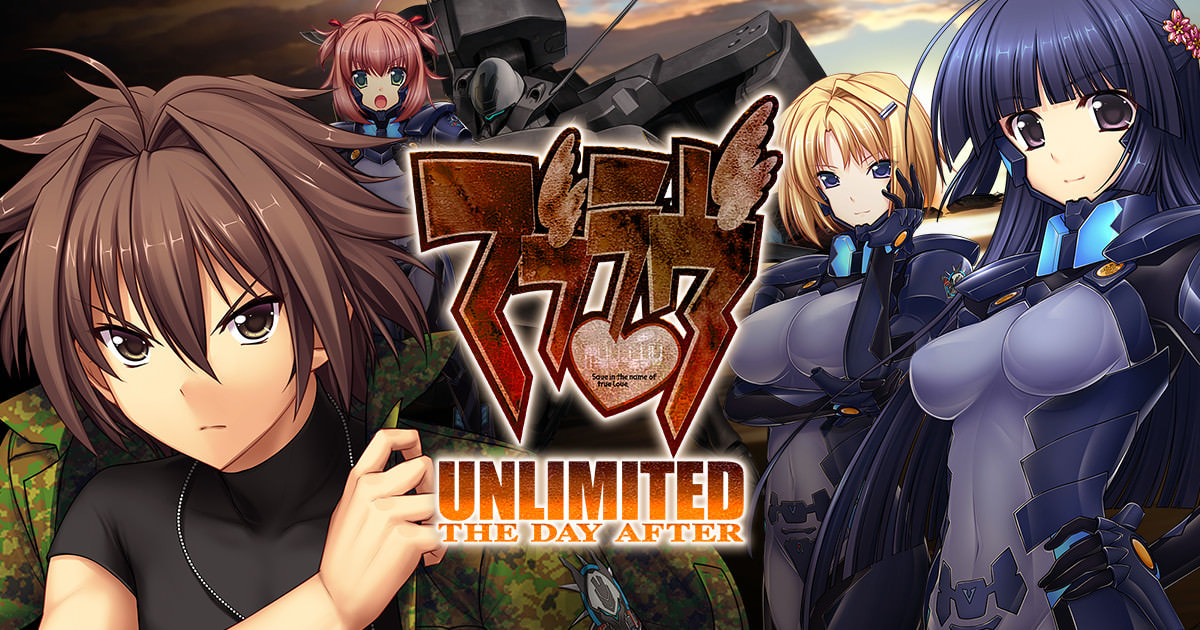
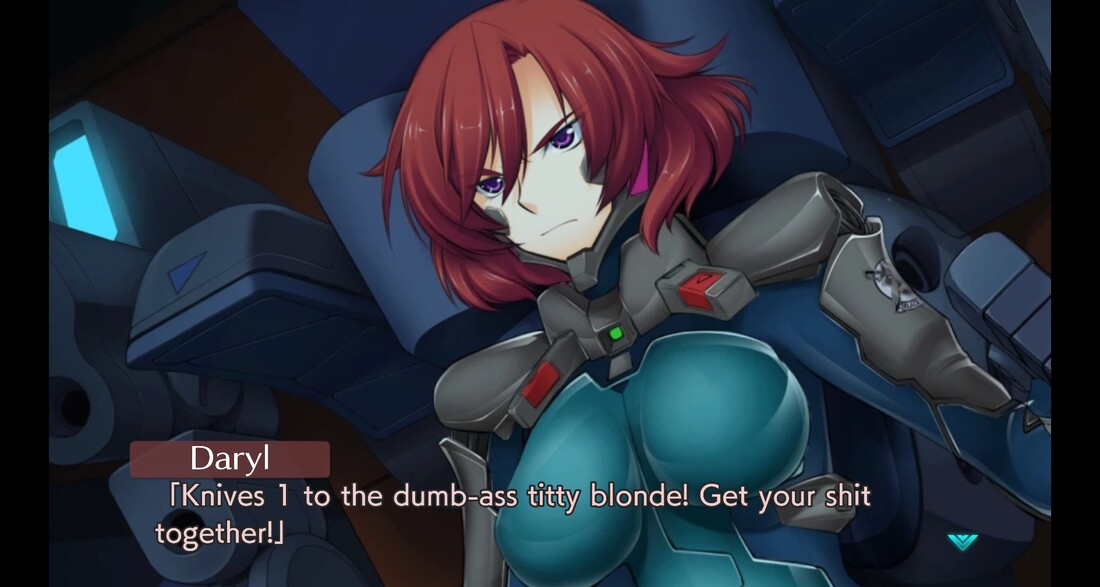
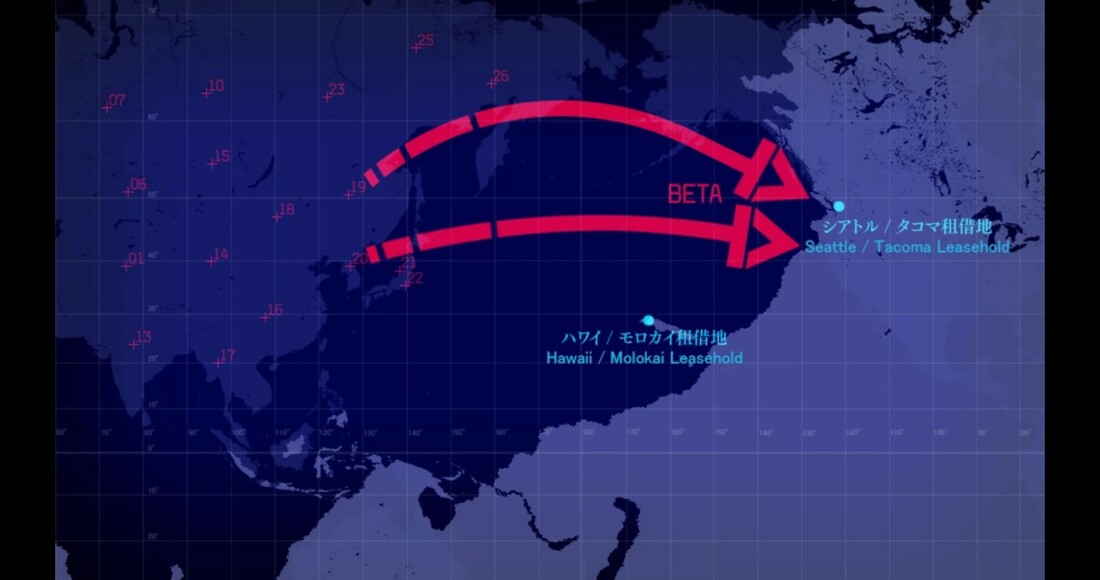
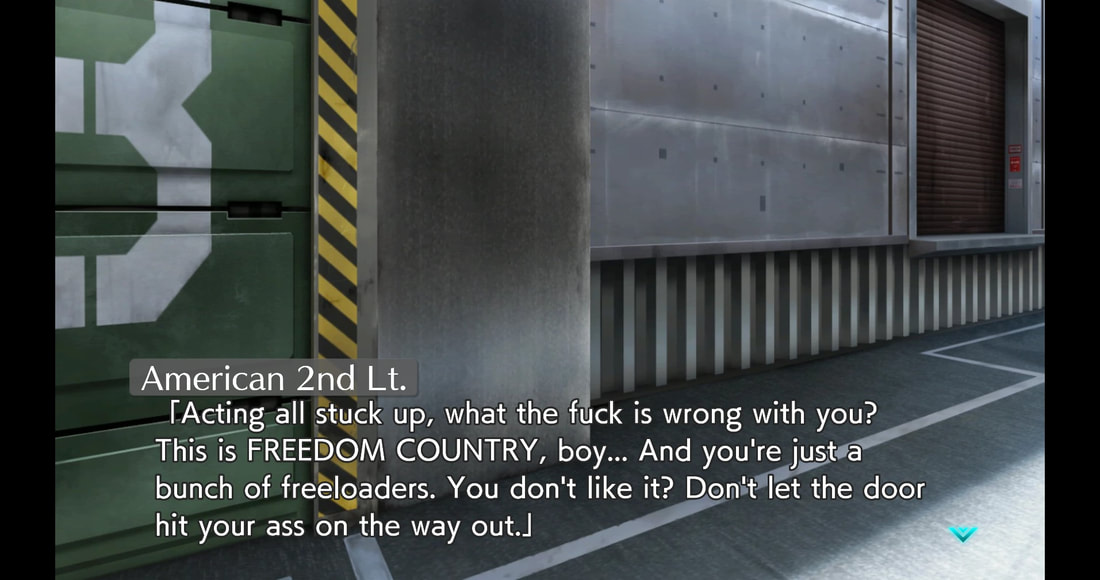
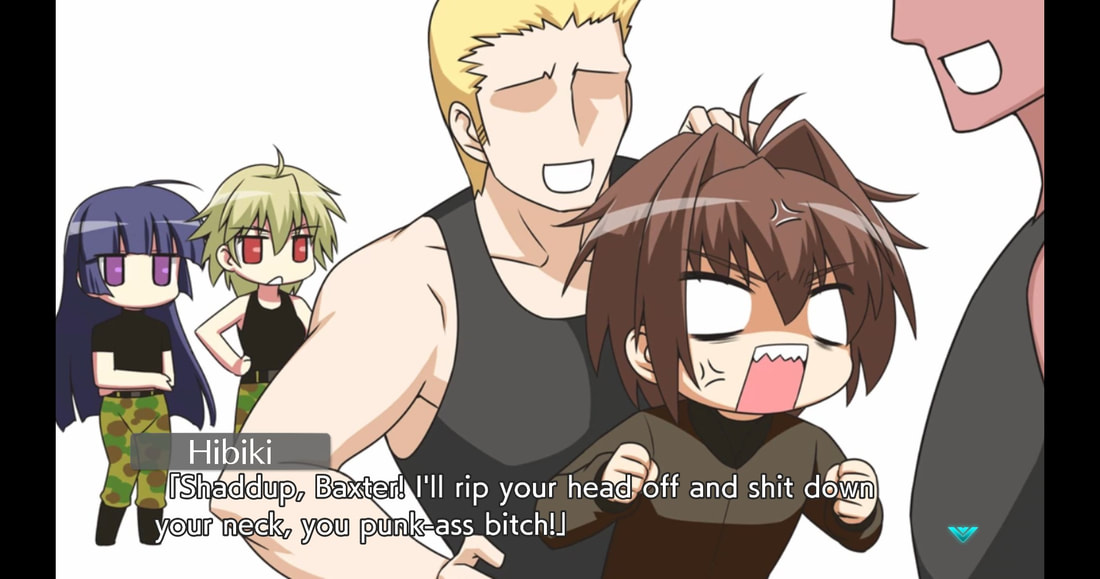
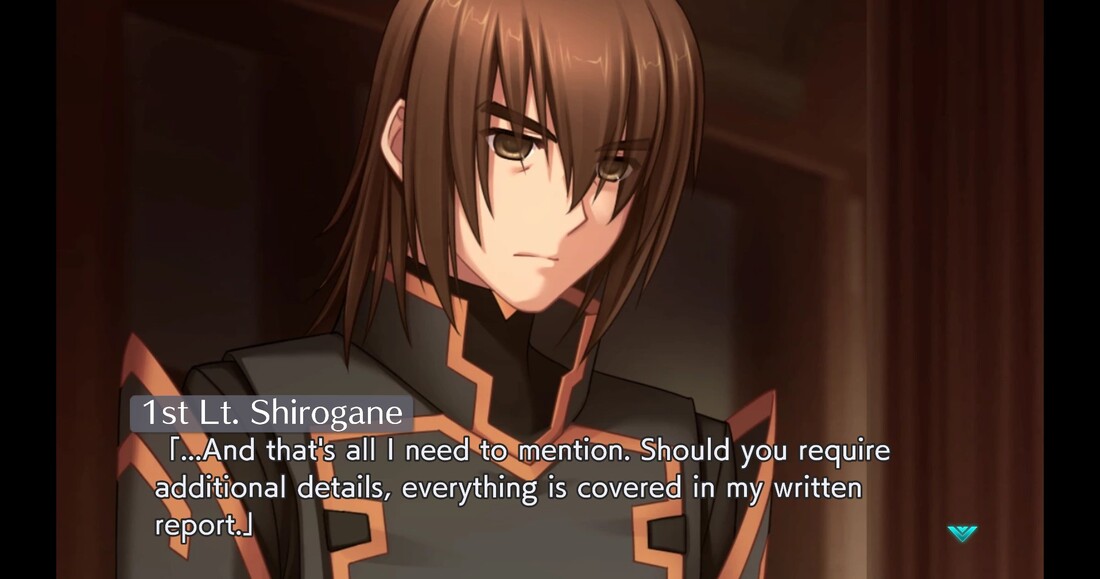
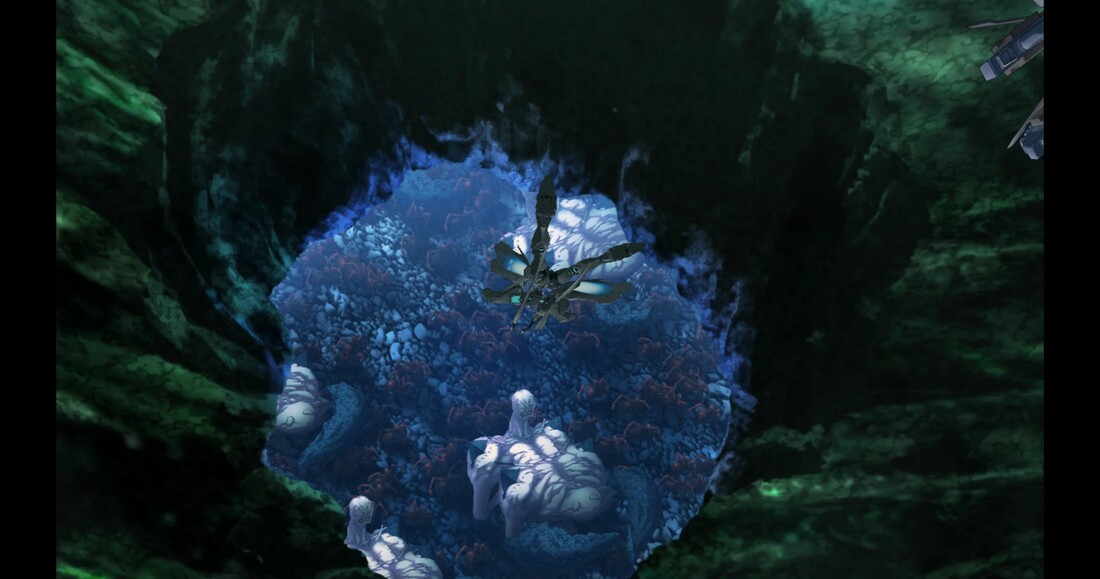


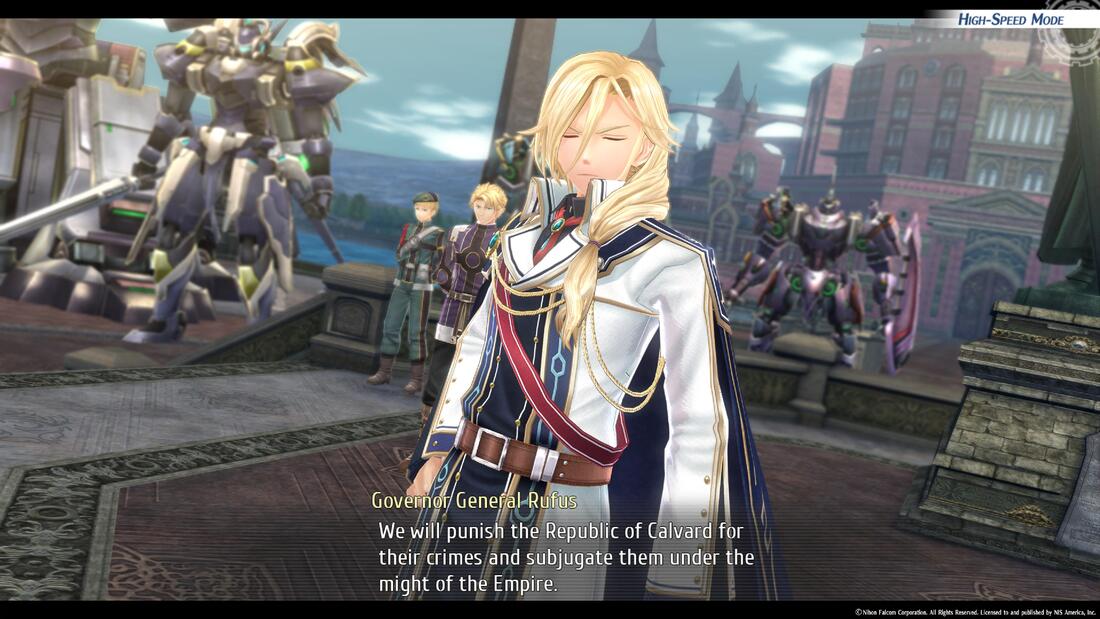
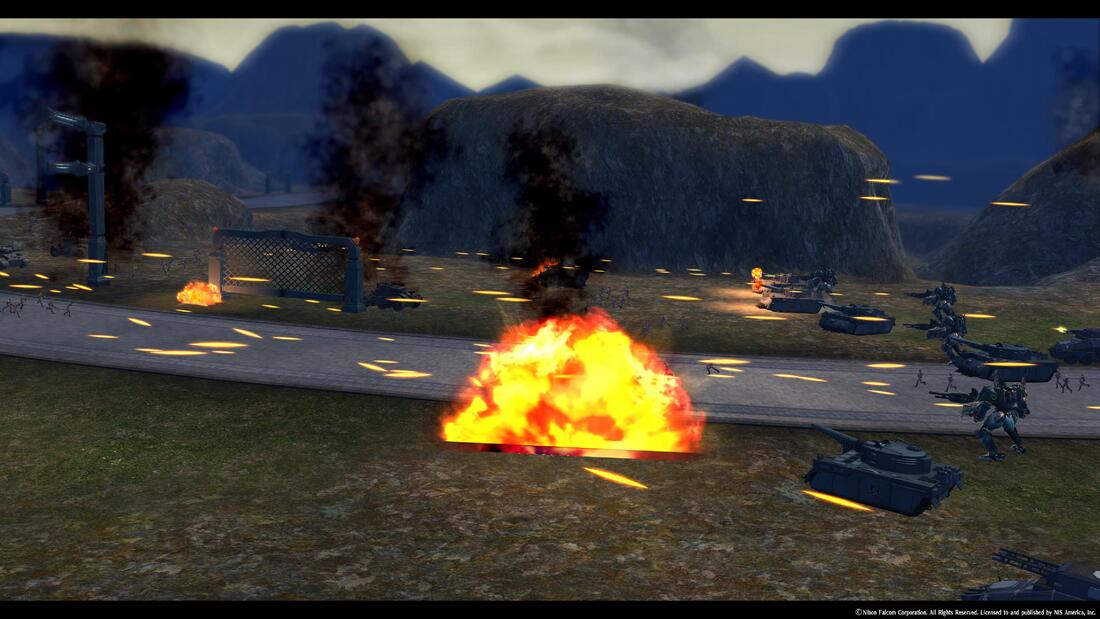
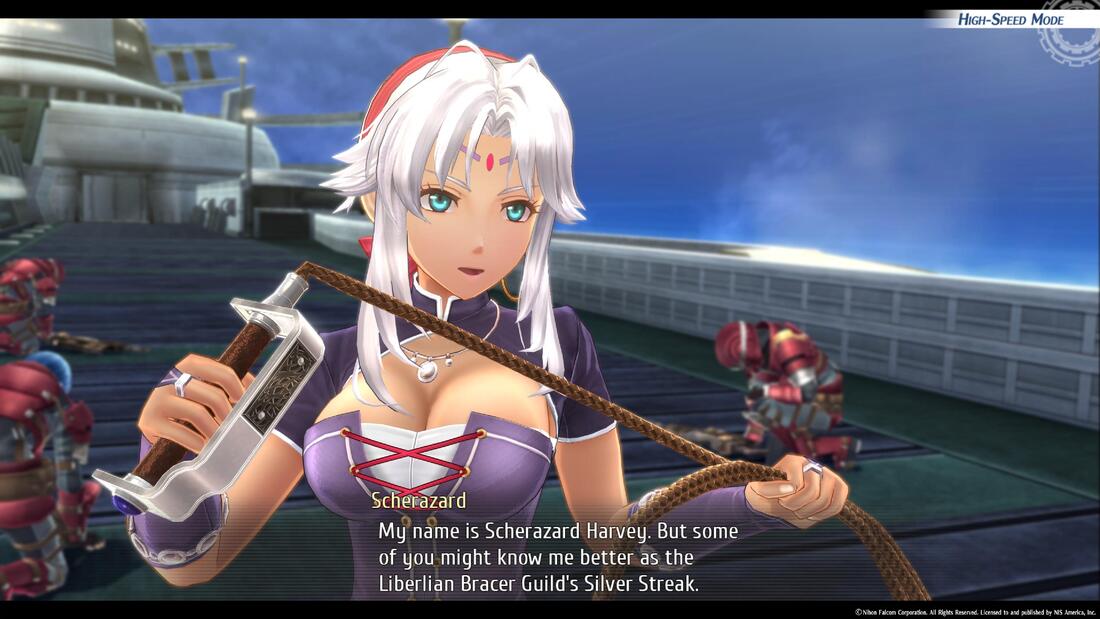
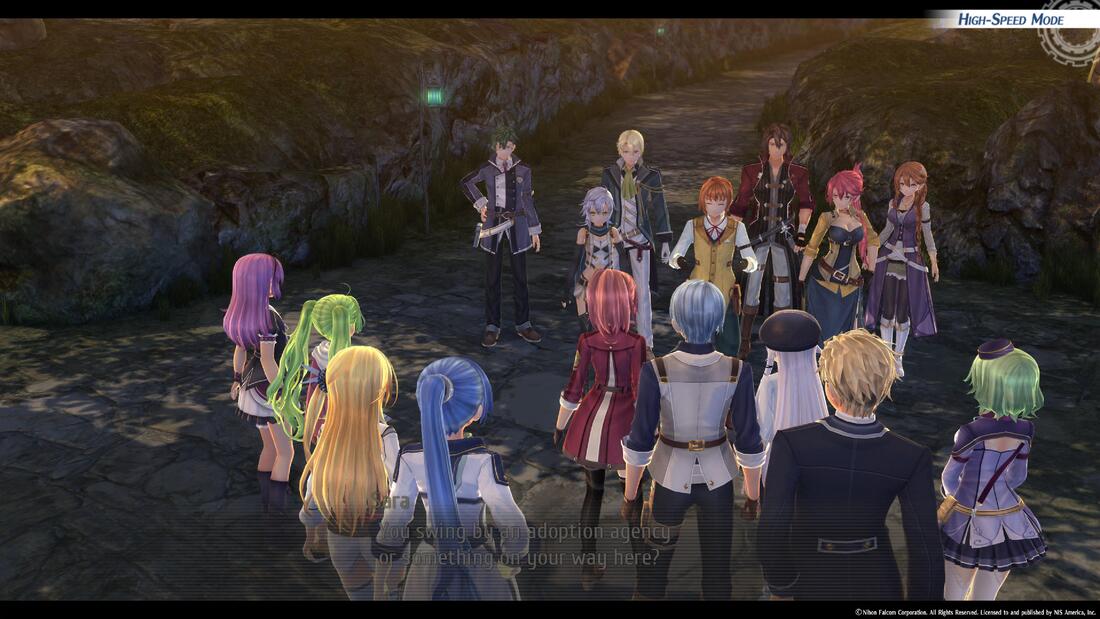
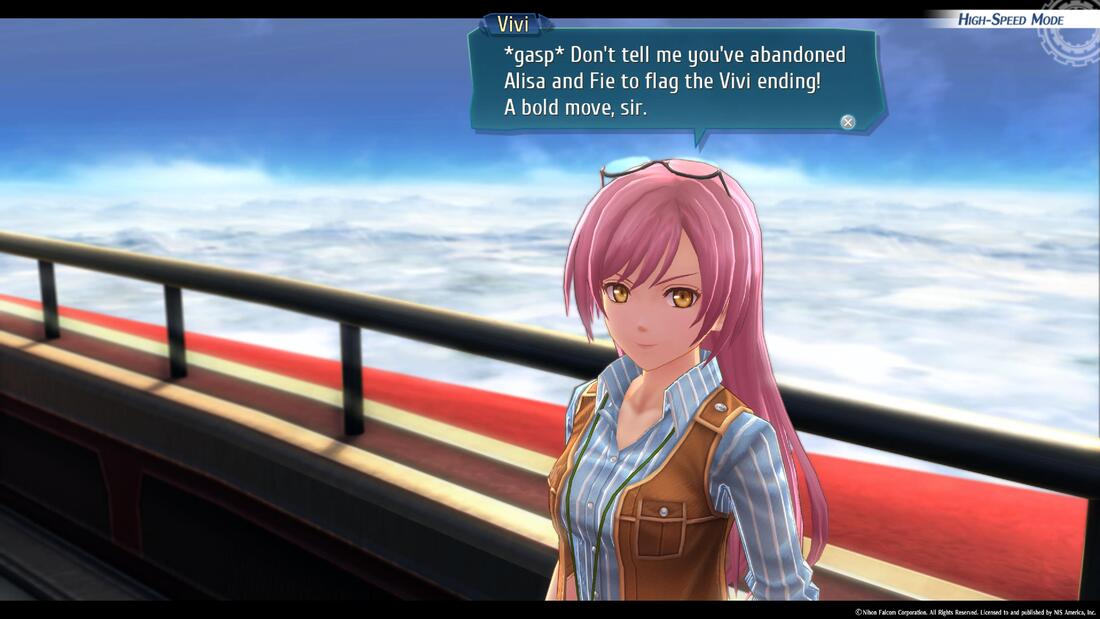

 RSS Feed
RSS Feed
